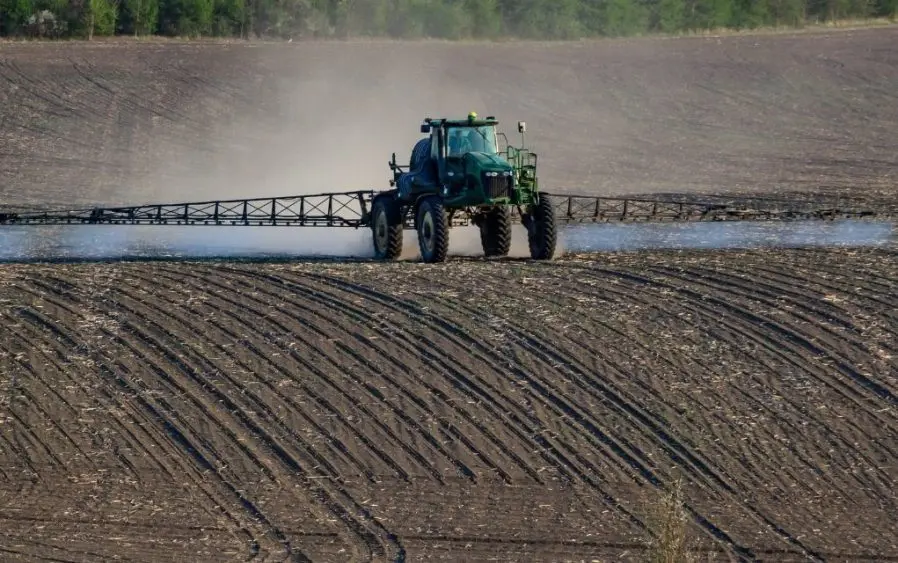By: Nebraska Farm Bureau
|
With low prices and negative margins, the last thing crop producers want to see is higher costs. Unfortunately, when they look towards next year and start pricing fertilizer, higher prices will be what they see. Higher prices were the expectation of 73% of producers participating in a recent University of Illinois farmdoc webinar on fertilizer costs. Figure 1 plots the price history for fertilizers since 2008. Prices have trended upwards this year and although they are not as high as those seen in 2022, they remain high from a historical perspective. Faith Parum, an economist with American Farm Bureau Federation, reports phosphates have seen the sharpest price increases, up 36% in less than eight months. Potash prices are up about 21% compared to last year. And Josh Linville, vice president of fertilizer for StoneX Financial Inc., reported that the fertilizer to corn price ratio (the bushels of corn at current prices needed to buy a ton of fertilizer) saw record highs in July. The ratio for urea was the third worst in history, for urea ammonium nitrate the second worst, and the worst in history for phosphate. |
|
FIGURE 1. AVERAGE COST OF FERTILIZER ($/TON) |
|
|
|
Source: Faith Parum, Fertilizer Outlook: Global Risks, Higher Costs, Tighter Margins, AFBF Market Intel, Sept. 11, 2025. |
|
Many factors are to blame for higher fertilizer prices. Greater competition for natural gas, a key component in fertilizer production, from liquefied natural gas exports has kept natural gas prices firm and pushed fertilizer costs higher. Major urea exporting countries, Russia, Iran, and Egypt have been part of, or are close to, armed conflicts threatening supplies and making fertilizer markets jumpy. And trade policy has had a role. The U.S. imports 97% of the phosphate used, 18% of nitrogen, and 13% of potassium (Figure 2). Major suppliers include Canada, Russia, Trinidad and Tobago, and countries in the Middle East. U.S. tariffs and trade disputes has put fertilizer imports at risk for increased levies. Plus, exporting countries, notably China, have restricted fertilizer exports due to concerns with domestic supplies which has caused market nervousness and supply shifts. |
|
FIGURE 2. IMPORTED SHARE OF FERTILIZERS |
|
|
|
Source: Faith Parum, Fertilizer Outlook: Global Risks, Higher Costs, Tighter Margins, AFBF Market Intel, Sept. 11, 2025. |
|
Abygail Streff, an agricultural economist with Nebraska Farm Bureau, says the USDA Economic Research Service (ERS) projects the per acre costs for fertilizer for corn will be around $169.69 per acre in 2026, up about $8.00 per acre from this year. Soybeans’ costs are forecast at $48.30 per acre compared to $45.99 this year. The ERS says fertilizer can account for as much as 40% of the cost of corn production. Farmers use a variety of strategies when purchasing fertilizer to control costs. A University of Illinois 2022 survey showed that 82% of respondents forward purchase their fertilizer needs, 39% seek bulk price discounts, and 19% said they bundle fertilizer purchases with other input purchases to achieve better prices. Farmers will also adjust application rates and timing to control costs.
Overall, per acre costs are forecast to be slightly less next year compared to this year. Yet, given current commodity prices, producers will need to employ every means at their disposal to mitigate the ongoing cost-price squeeze. |
